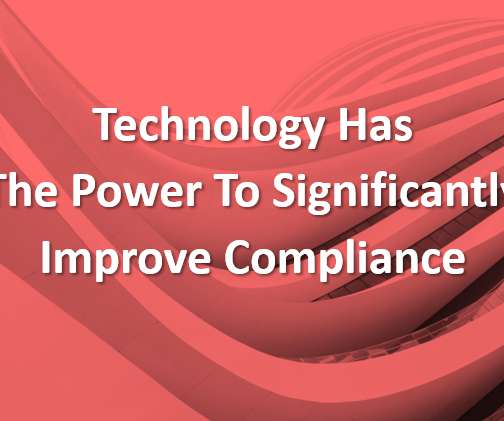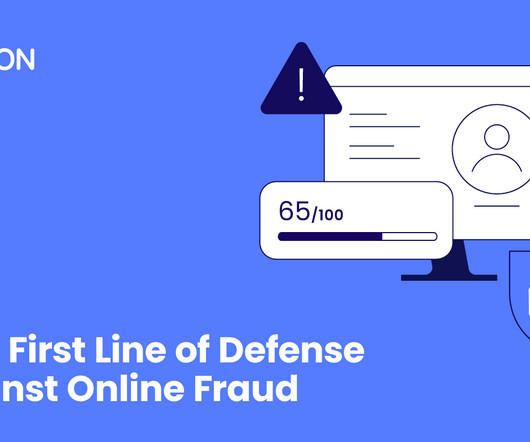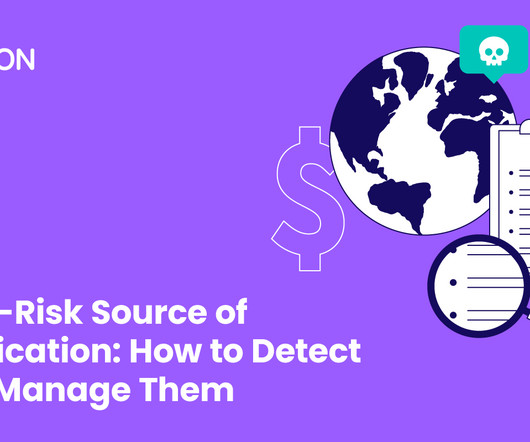The Rise of Synthetic Identity Fraud in Financial Services
Fi911
JUNE 20, 2025
These regulations focus on verifying that provided information matches databases, not whether the identity represents a real person. Cross-referencing SSNs with names and addresses across databases can reveal mismatches indicating synthetic identities. Failure to file SARs for known synthetic identities brings regulatory penalties.





















Let's personalize your content